
MinerAlert

MinerAlert
Including recent work by 21 faculty members in the Department of Art at The University of Texas at El Paso, the 2023 Faculty Biennial surveys the points of intersection between the practice of teaching and the studio. A unique opportunity for students to see the works made by their teachers, the exhibition also reaffirms how faculty members first came to teach: through their excellence in creative work, material investigations, and conceptual rigor.
Taking its title from Stefano Harney and Fred Moten’s collaborative book The Undercommons: Fugitive Planning and Black Study (2013), the exhibition points to the radical potential held within cacophony. “We are committed to the idea that study is what you do with other people. It’s talking and walking around with other people, working, dancing, suffering, some irreducible convergence of all three, held under the name of speculative practice,” Moten writes.
In resistance to the myth of artistic genius fueled by isolation, our first faculty biennial since the beginning of the Covid-19 pandemic insists that even within their diverse practices, artists work alongside the everyday interactions that sustain the department as a kind of hodge-podged community. “It is,” Harney and Moten write, “teaching that brings us in.” Here, posters from the Graphic Design faculty sit alongside paintings, sculpture and jewelry intersect with video performance and sound, historic photographic techniques meet Chicanx futurism, and space-travel-mythologies coincide with intricate drawings and an ever-changing print installation. Here, visual and thematic connections (and disconnections) erase the specificity of discipline, material and formal concerns crash into one another and, at times, find moments of sweet synchronicity and Spanglish poetry. As Moten formulates it, “study” is the sitting alongside of one another, the sharing of meals, the repetitions of daily choreographies, the collective messiness of life’s most simple melodies and rhythms. Or, perhaps it is the sharing of a set of questions and a stubborn persistence we share as we search for new answers.
The exhibition is supported by the writing of Art History students Hannah Coats, Guadalupe Lucero, and Ean Puhlman. Curatorial intern Dilan Torres also contributed research and writing. Special thanks to Elisabeth Sommer and Melissa Warak.
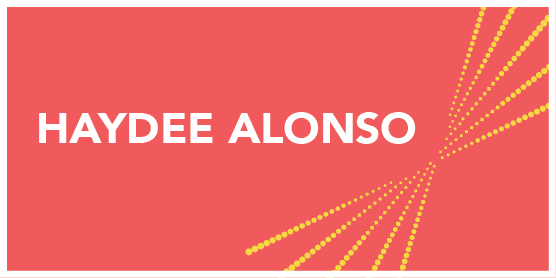 |
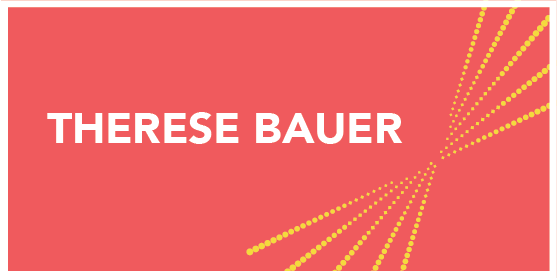 |
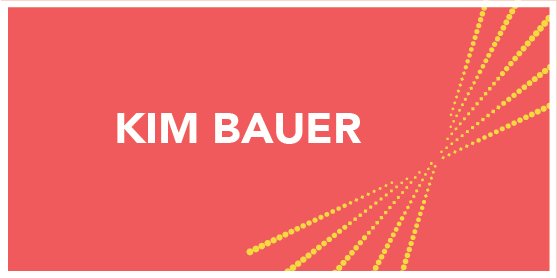 |
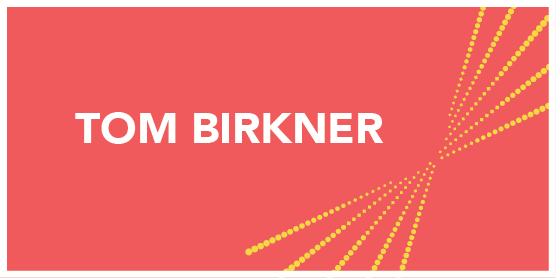 |
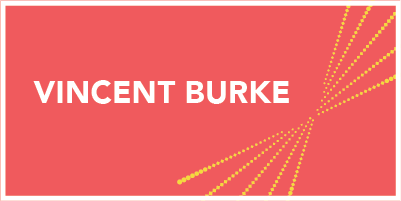 |
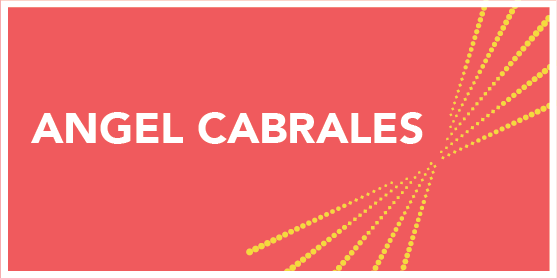 |
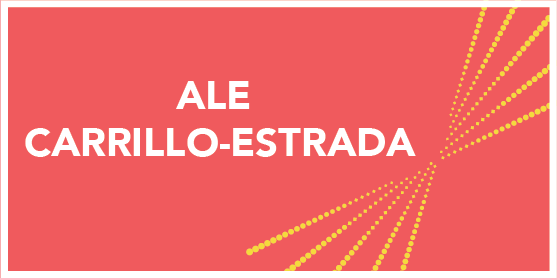 |
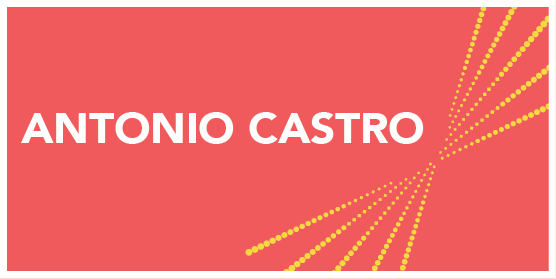 |
 |
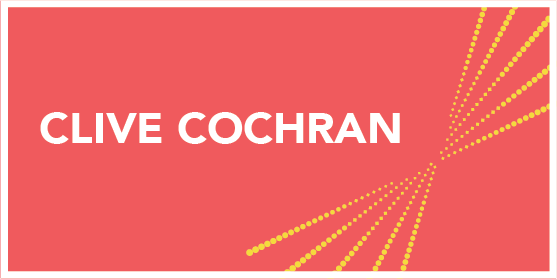 |
 |
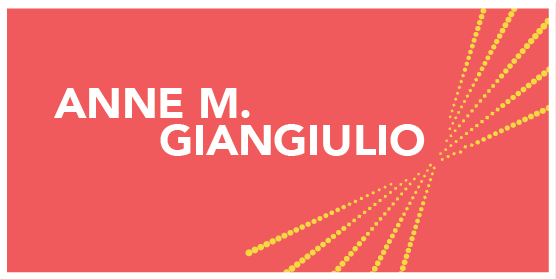 |
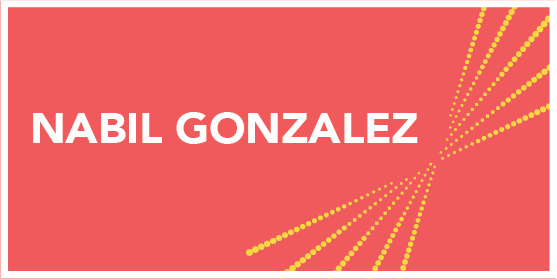 |
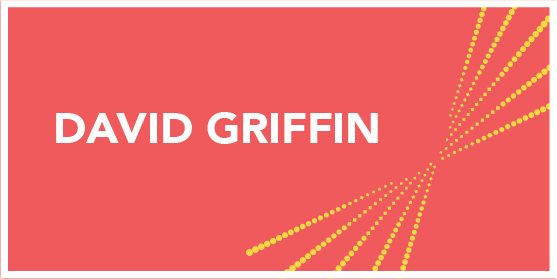 |
 |
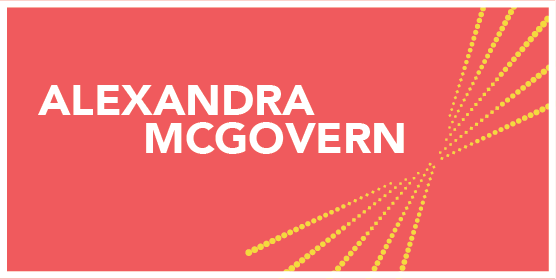 |
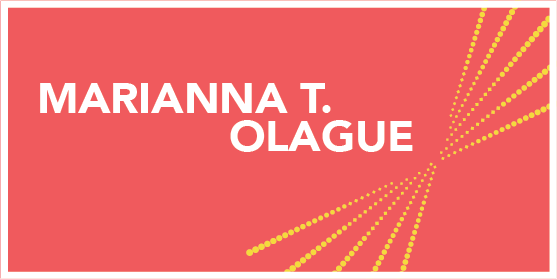 |
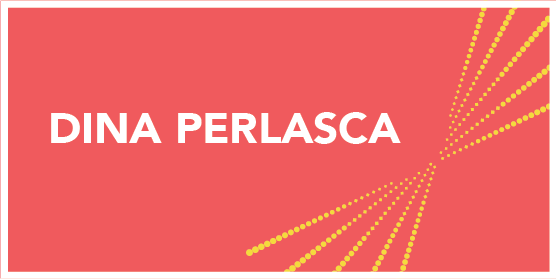 |
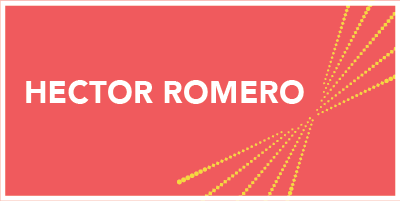 |
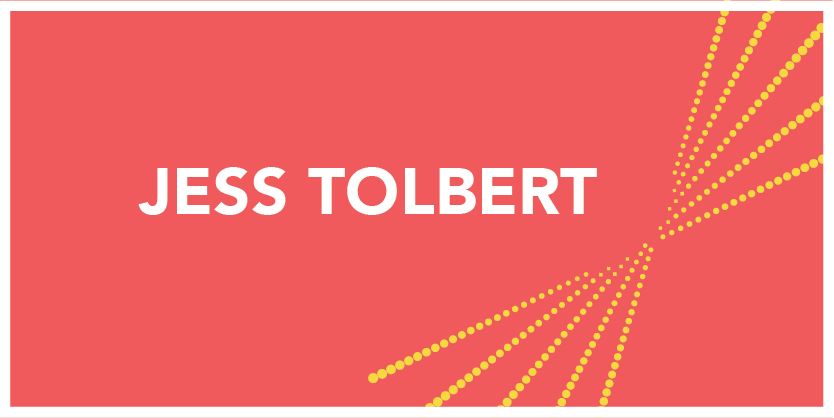 |
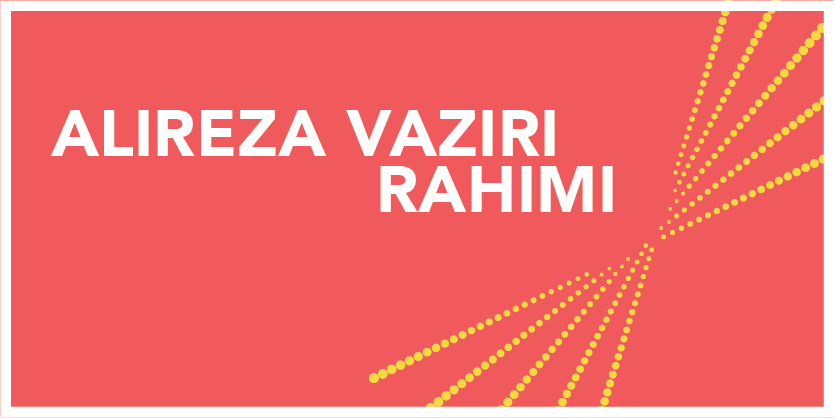 |
|||